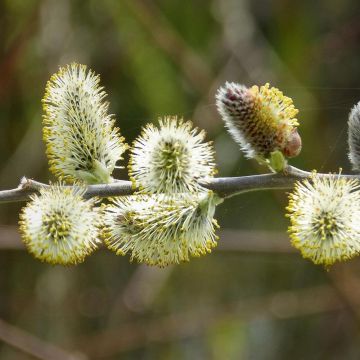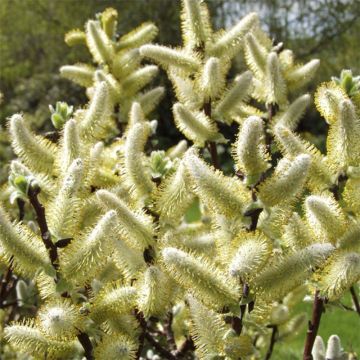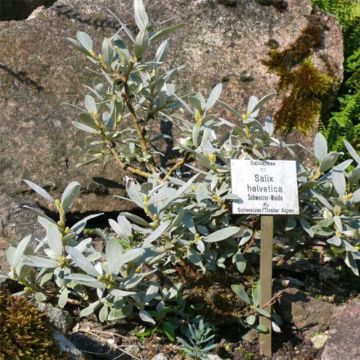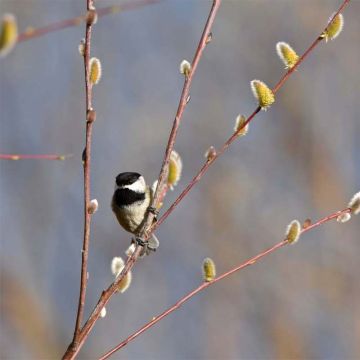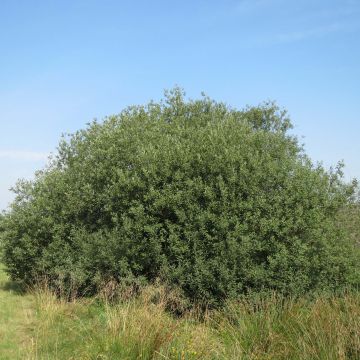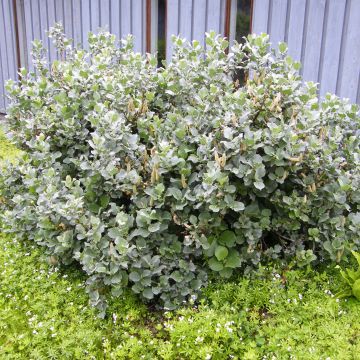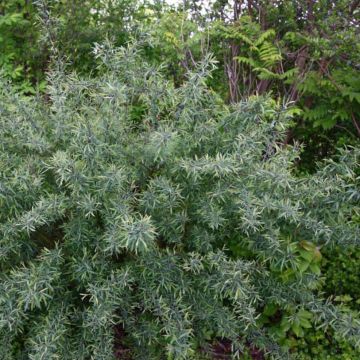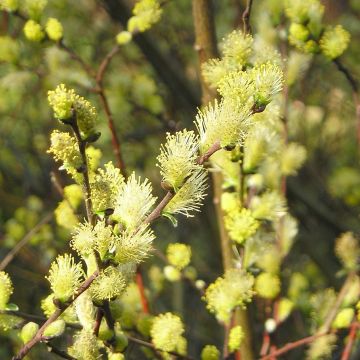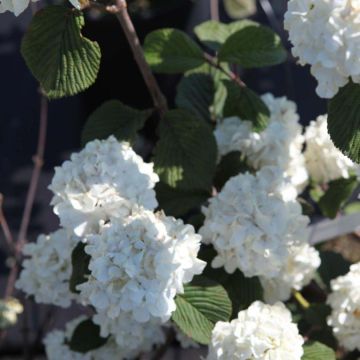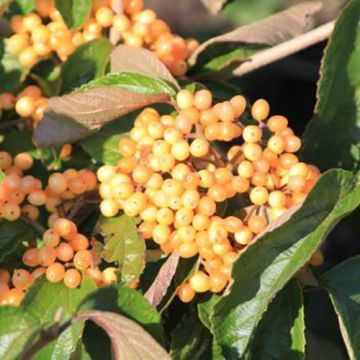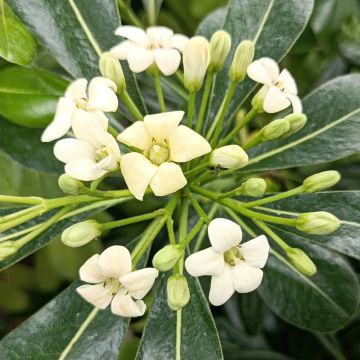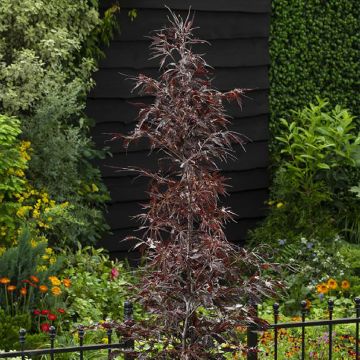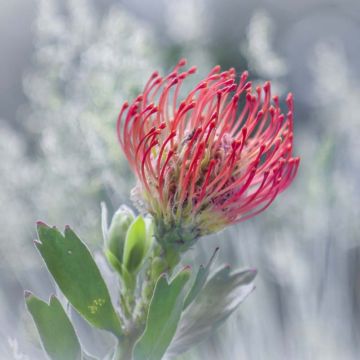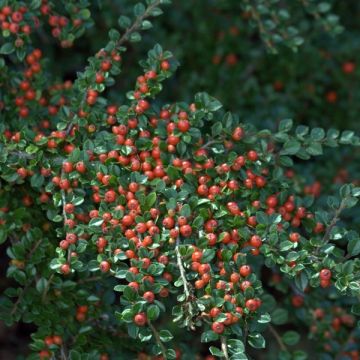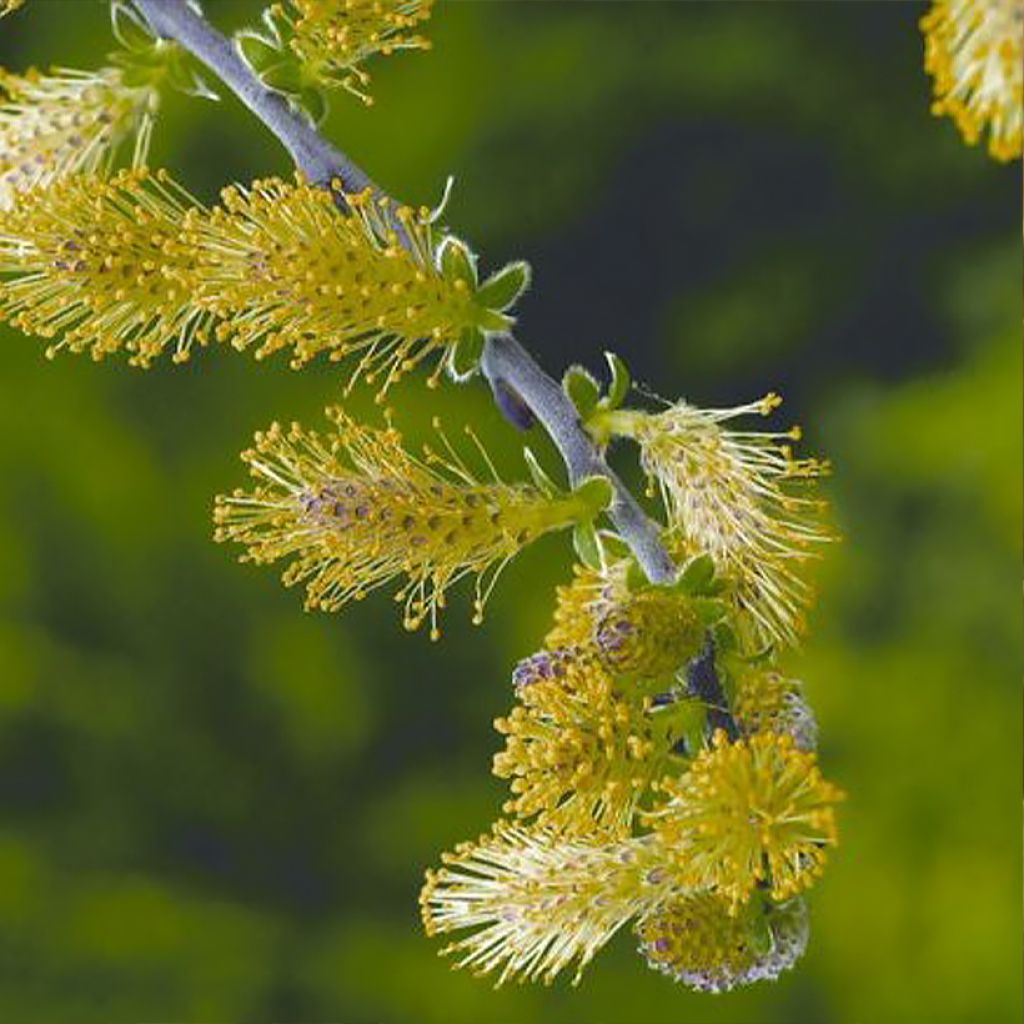

Salix repens Armando
Salix repens Armando
Salix repens Armando
Willow
This item cannot be shipped to the selected country
Delivery charge from €5.90
Delivery to Corse prohibited
More information
Schedule delivery date,
and select date in basket
This plant carries a 24 months recovery warranty
More information
We guarantee the quality of our plants for a full growing cycle, and will replace at our expense any plant that fails to recover under normal climatic and planting conditions.
From €5.90 for pickup delivery and €6.90 for home delivery
Express home delivery from €8.90.
Delivery to Corse prohibited: UE law prohibits the import of this plant from mainland France to Corse as part of the fight against Xylella fastidiosa. Please accept our sincere apologies.
More information
Does this plant fit my garden?
Set up your Plantfit profile →
Description
Salix repens Armando is a variety of creeping willow that is particularly compact and adorned with decorative catkins. Over the years, this shrub forms a small central dome with its periphery pressed to the ground. Its miniature foliage is dark green, and lovely silver and then golden catkins appear as early as March. Thriving in wet to moist, non-limestone soils, this willow is perfect for dressing up a pond bank or a wet slope. It is also an original subject to cultivate in a pot.
Salix repens belongs to the Salicaceae family. It is a botanical species native to a large part of Europe and temperate Asia. This willow grows spontaneously on dunes, in wet heathlands, and sphagnum bogs. It is also found in mountain meadows, up to 1700 metres in altitude, always on acidic soil. There are several cultivars on the market, which are quite similar to each other.
The 'Armando' Salix repens is a variety that was identified and isolated within a population of Salix repens 'Iona'. Compared to the latter, it has a more creeping habit, even weeping when grafted on a stem. When planted in a pot, it will elegantly cascade all around its container. With very slow growth, it will reach a diameter of 50 cm after ten years and approximately 80 cm at maturity. As for its height, it will only vary from 20 to 50 cm. Fine branches emerge from the heart of the shrub, cascading to the ground and forming a dense carpet of reddish-brown twigs. From mid-March, silver-grey catkins with small purple dots appear, creating a beautiful contrast on the branches. Yellow stamens develop, giving the catkins a golden appearance and forming an interesting ornamental feature, despite their modest size (approximately 1.5 to 2 cm long).
The deciduous foliage usually emerges next. It consists of small leaves arranged alternately. With an elongated elliptical shape, the leaves are very small and narrow, measuring 2 to 3 cm long. The upper surface of the leaf is dark green, while the underside is bluish-green, covered with silver hairs and traversed by discreet veins. Very numerous and borne on short petioles, the leaves are closely spaced and form a dense vegetation, ideal for use as ground cover. In autumn, the foliage falls, revealing the plant's architecture.
This 'Armando' creeping willow will create an original scene on a terrace when planted in a decorative pot that highlights its weeping habit. In the ground, it will be perfect as ground cover in the foreground of a diverse flower bed. This shrub will provide a nice contrast at the base of a variegated dogwood such as Cornus alba Ivory Halo, with green and white foliage that turns orange in autumn, and whose upright red branches are stunning in winter. It will also be perfect in a moist area near a pond, where you can plant Astilbes with their beautiful white, pink, red, or purple plume-like flowers. And for a striking colour contrast, plant a Sambucus racemosa Goldenlocks behind it, a compact elderberry with extremely dissected golden foliage.
Report an error about the product description
Salix repens Armando in pictures
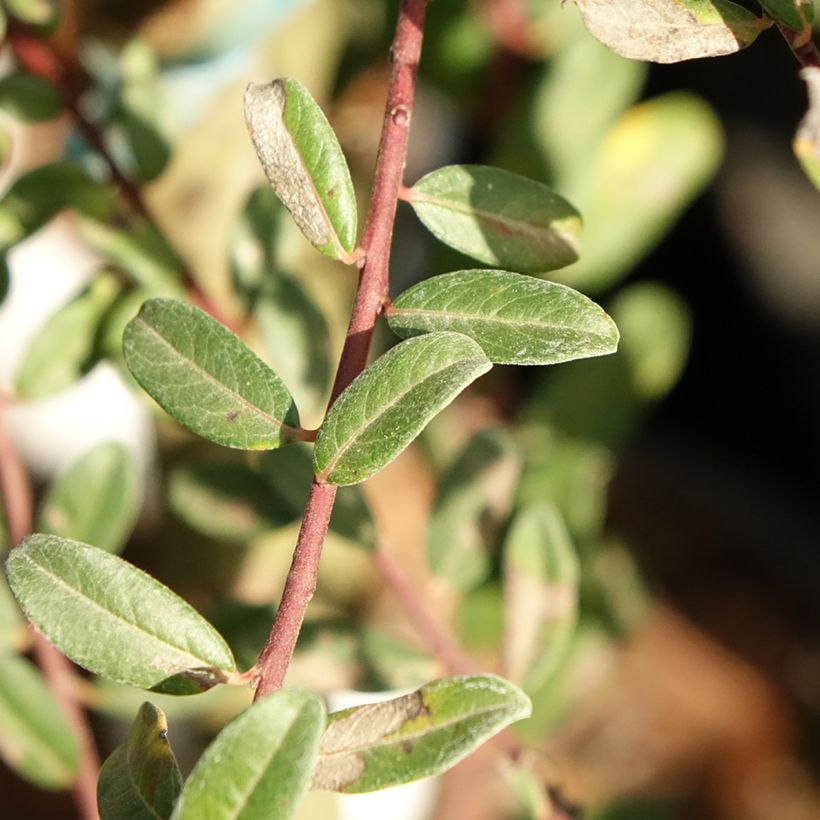

Plant habit
Flowering
Foliage
Botanical data
Salix
repens
Armando
Salicaceae
Willow
Cultivar or hybrid
Other Willow - Salix
Planting and care
Plant the 'Armando' Creeping Willow preferably in autumn, in a very sunny or semi-shaded location in a warm climate. It requires fairly deep, neutral to acidic, rich in clay, moist to wet, even waterlogged soil. However, it can tolerate soils that simply retain some moisture in depth. Ideally, at planting, use a mixture composed of half ericaceous soil and half clayey garden soil mixed with coarse sand. It is perfectly resistant to cold and heavy frost. Pruning is not necessary.
Planting period
Intended location
Care
This item has not been reviewed yet - be the first to leave a review about it.
Spring-flowering shrubs
Haven't found what you were looking for?
Hardiness is the lowest winter temperature a plant can endure without suffering serious damage or even dying. However, hardiness is affected by location (a sheltered area, such as a patio), protection (winter cover) and soil type (hardiness is improved by well-drained soil).

Photo Sharing Terms & Conditions
In order to encourage gardeners to interact and share their experiences, Promesse de fleurs offers various media enabling content to be uploaded onto its Site - in particular via the ‘Photo sharing’ module.
The User agrees to refrain from:
- Posting any content that is illegal, prejudicial, insulting, racist, inciteful to hatred, revisionist, contrary to public decency, that infringes on privacy or on the privacy rights of third parties, in particular the publicity rights of persons and goods, intellectual property rights, or the right to privacy.
- Submitting content on behalf of a third party;
- Impersonate the identity of a third party and/or publish any personal information about a third party;
In general, the User undertakes to refrain from any unethical behaviour.
All Content (in particular text, comments, files, images, photos, videos, creative works, etc.), which may be subject to property or intellectual property rights, image or other private rights, shall remain the property of the User, subject to the limited rights granted by the terms of the licence granted by Promesse de fleurs as stated below. Users are at liberty to publish or not to publish such Content on the Site, notably via the ‘Photo Sharing’ facility, and accept that this Content shall be made public and freely accessible, notably on the Internet.
Users further acknowledge, undertake to have ,and guarantee that they hold all necessary rights and permissions to publish such material on the Site, in particular with regard to the legislation in force pertaining to any privacy, property, intellectual property, image, or contractual rights, or rights of any other nature. By publishing such Content on the Site, Users acknowledge accepting full liability as publishers of the Content within the meaning of the law, and grant Promesse de fleurs, free of charge, an inclusive, worldwide licence for the said Content for the entire duration of its publication, including all reproduction, representation, up/downloading, displaying, performing, transmission, and storage rights.
Users also grant permission for their name to be linked to the Content and accept that this link may not always be made available.
By engaging in posting material, Users consent to their Content becoming automatically accessible on the Internet, in particular on other sites and/or blogs and/or web pages of the Promesse de fleurs site, including in particular social pages and the Promesse de fleurs catalogue.
Users may secure the removal of entrusted content free of charge by issuing a simple request via our contact form.
The flowering period indicated on our website applies to countries and regions located in USDA zone 8 (France, the United Kingdom, Ireland, the Netherlands, etc.)
It will vary according to where you live:
- In zones 9 to 10 (Italy, Spain, Greece, etc.), flowering will occur about 2 to 4 weeks earlier.
- In zones 6 to 7 (Germany, Poland, Slovenia, and lower mountainous regions), flowering will be delayed by 2 to 3 weeks.
- In zone 5 (Central Europe, Scandinavia), blooming will be delayed by 3 to 5 weeks.
In temperate climates, pruning of spring-flowering shrubs (forsythia, spireas, etc.) should be done just after flowering.
Pruning of summer-flowering shrubs (Indian Lilac, Perovskia, etc.) can be done in winter or spring.
In cold regions as well as with frost-sensitive plants, avoid pruning too early when severe frosts may still occur.
The planting period indicated on our website applies to countries and regions located in USDA zone 8 (France, United Kingdom, Ireland, Netherlands).
It will vary according to where you live:
- In Mediterranean zones (Marseille, Madrid, Milan, etc.), autumn and winter are the best planting periods.
- In continental zones (Strasbourg, Munich, Vienna, etc.), delay planting by 2 to 3 weeks in spring and bring it forward by 2 to 4 weeks in autumn.
- In mountainous regions (the Alps, Pyrenees, Carpathians, etc.), it is best to plant in late spring (May-June) or late summer (August-September).
The harvesting period indicated on our website applies to countries and regions in USDA zone 8 (France, England, Ireland, the Netherlands).
In colder areas (Scandinavia, Poland, Austria...) fruit and vegetable harvests are likely to be delayed by 3-4 weeks.
In warmer areas (Italy, Spain, Greece, etc.), harvesting will probably take place earlier, depending on weather conditions.
The sowing periods indicated on our website apply to countries and regions within USDA Zone 8 (France, UK, Ireland, Netherlands).
In colder areas (Scandinavia, Poland, Austria...), delay any outdoor sowing by 3-4 weeks, or sow under glass.
In warmer climes (Italy, Spain, Greece, etc.), bring outdoor sowing forward by a few weeks.

































